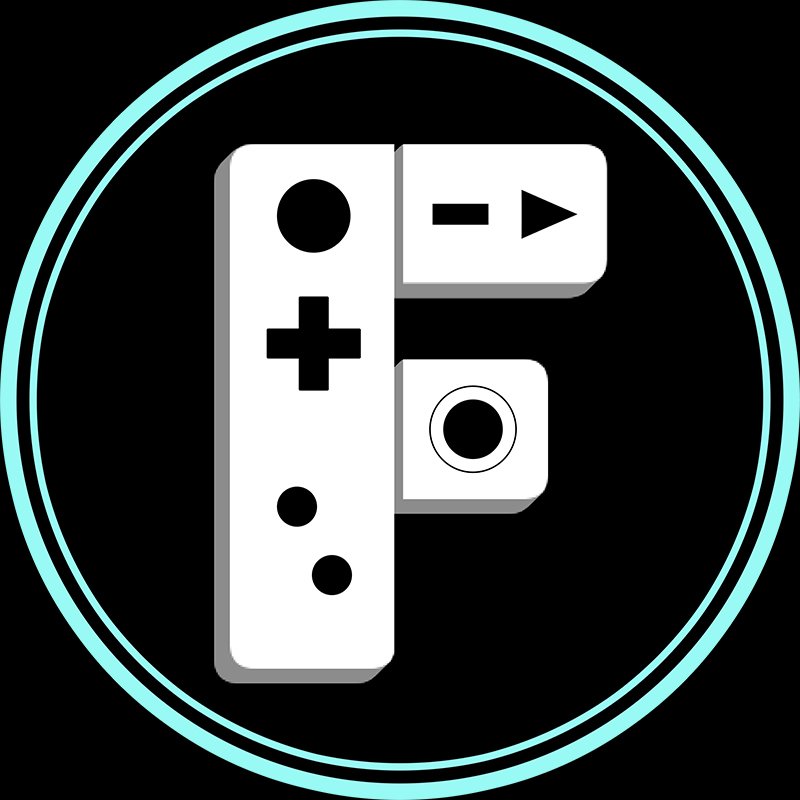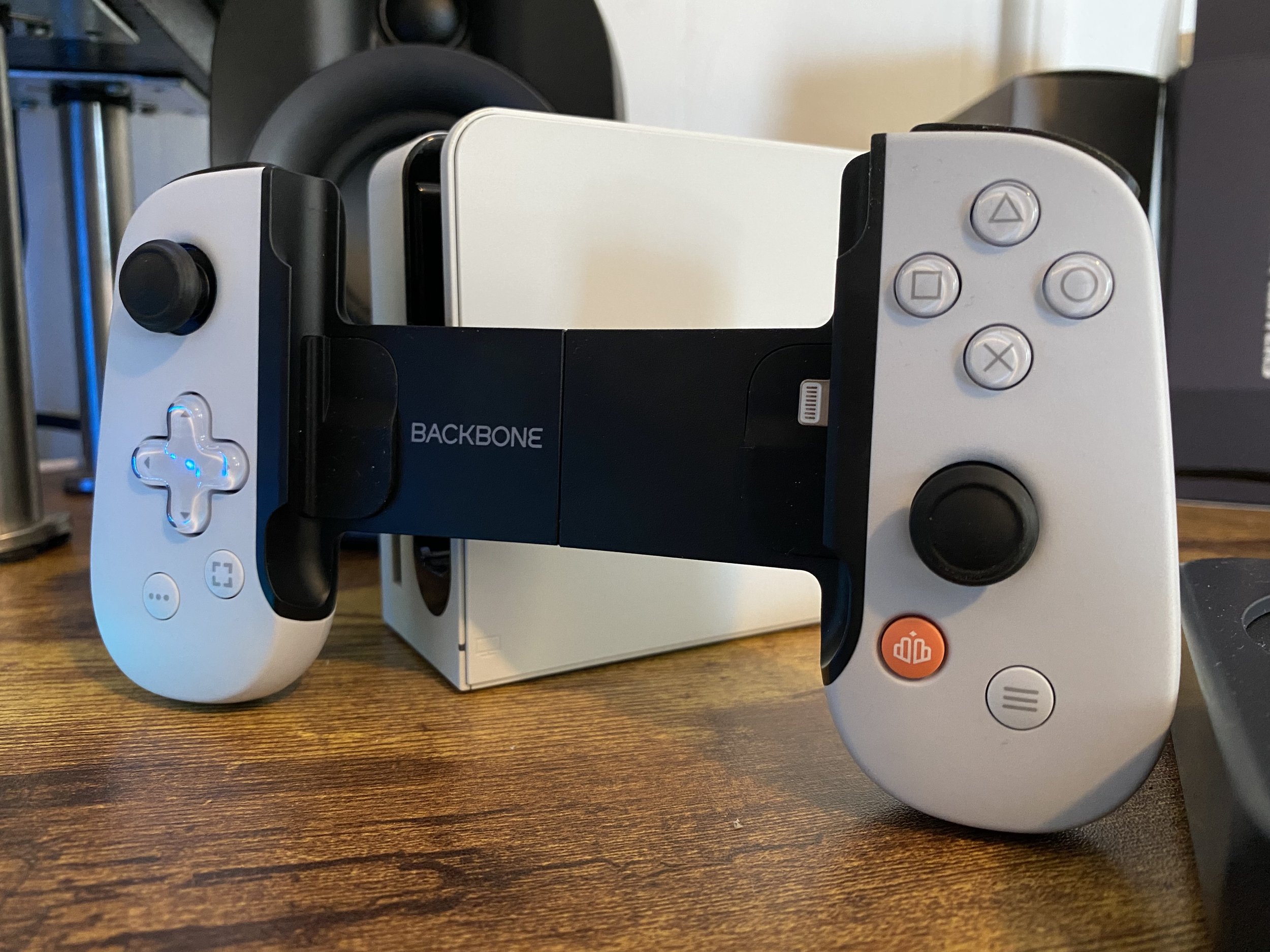Backbone One, PlayStation Edition (iPhone, Hardware) Review
Limited but Useful
There are a ton of ways to play games today which is an amazing thing for someone who grew up primarily playing games through dedicated consoles with mostly first-party controllers. Now, gamers have several options to play the same games with varying degrees of performance. Although, some just want to play a game and not worry about if it’s the absolute best way to play. Playing games on a phone, for me, is not ideal and I outright avoid it most of the time. However, one of the few good mobile gaming experiences I have had was through using a console controller so I was excited to try out this device. The Backbone One is one of the more unique and dedicated ways to get a traditional game feel out of mobile gaming but it doesn’t quite hold up to other options because of its limited use, at least on iPhone.
The Backbone One is a sliding controller that one slots their phone into, connecting directly to the charge port on the iPhone, emulating the look and style of something like the Nintendo Switch. There is a passthrough connection on the right grip of the Backbone for charging and a much-appreciated headphone jack on the left grip. The Backbone App transforms the iPhone into a more console-feeling device, capable of launching games directly, chatting with friends, or adjusting controls. Backbone also offers a ton of extras to their users such as trials of Xbox Game Pass or Discord Nitro. Honestly, though I didn’t utilize this app hardly at all, instead focusing on launching games that I knew had controller support such as the App Store version of Chrono Trigger. Mostly, I used the Backbone One for the app that it looks to have been geared towards the most, PlayStation Remote Play.
I have utilized the Remote Play app in the past and I especially found it useful when playing through .hack//G.U. Last Recode on PS4, making this a useful way to play RPGs or games that don’t require fast reaction times. For that review, I played a large chunk of the game’s more busy moments by using a clip that fixated my phone over a DualShock 4 controller. These sorts of clips are affordable and for the most part get the job done, which is handy when say getting in a few dungeons before bed or opening up the TV in the living room for the rest of the household. Since then, Remote Play has improved considerably and I have upgraded to a PS5. This is where I started to use the Backbone, in similar circumstances but instead using it rather than a core controller.
The experience transfers over quite well but it could be improved.
This PlayStation-themed Backbone looks great with plenty of PlayStation touches to make it feel premium. The unit feels great in the hand and the analog sticks are comparable to what’s found on a Switch Joy-Con, which is my least favorite part of the controller, but they will feel familiar to anyone who rocks a Switch. Ultimately, the Backbone feels well-constructed and should survive travel scenarios just fine. What really makes the Backbone stand out are the clicky face buttons and the small but satisfying pull of the triggers. I actually played several combat encounters in Evil West with the Backbone and it worked far better than expected, at least when my connection was holding up.
Where the Backbone performs far better is when playing a downloaded iPhone game but streaming from a console or using something like Nvidia’s GeForce Now service is fascinating but still doesn’t compare to playing natively. The benefit of the Backbone’s size and ease of use might be enough of a reason for users of those services to pick one up rather than packing a traditional controller and a clip in their bag. The Backbone’s form factor and light weight make it a great companion piece for those traveling light but still wanting to game on the go.
Now, where the iPhone version of the Backbone loses portability is the fact that it just doesn’t fit as well as I would like and it does not work with most cases. The pressure of the spring-loaded design doesn’t quite lock in the phone evenly, making it feel a little awkward sometimes. What’s worse is that the connector doesn’t have a spring to enable playing while connected to a case. I even specifically sought out a thinner case to hopefully use with the Backbone but the connector just doesn’t stick out far enough, resulting in me having to pry my case off to use it. With a controller clip, even my previously used clunky Otterbox case fit with minimal fuss, making the Backbone just not as appealing as the mobile controller solution it is aiming to be. It is commendable that so many things work for the Backbone within the Apple ecosystem but hopefully, the design and usability improves with the next iteration of the controller.
Truth be told, many of my gripes about the Backbone One stems from the fact that Apple devices are by their nature prohibitive when it comes to gaming. Sure there are dedicated apps that perform well enough for some excellent gaming on iPhone but this same controller on an Android would be far better because of the freedom of the platform, particularly the ease of use when it comes to running emulators on Android devices. Of course, this is no fault to Backbone and those using modified iPhones might get more out of this than those using a standard device. Yet, the Backbone is likely just far better on an Android phone rather than the iPhone. Thankfully, an Android option exists.
All in all, the Backbone One for iPhone is built solidly and adds an extra way to play. It is not quite as convenient or as useful as I would hope but for those who play a lot of games through cloud streaming or are bouncing gameplay from a console through something like Remote Play, this could be a fantastic option. Those playing games installed on the iPhone that support controllers will likely find a good, low-latency experience but there are likely similarly designed controllers that fit this need better. I would love to see what Backbone does next and I really hope that Apple opens up the capability of their devices to allow for more console-like gaming experiences because there is potential with this approach to games.
SCORES
VISUAL APPEAL - 8.5/10
BUILD QUALITY - 8/10
FEATURES - 6.5/10
USABILITY- 6/10
PRICING - 5/10
OVERALL - 6.8/10
Learn more about the Backbone One, PlayStation Edition on the official website. A review unit was provided for content creation purposes.




On a path that will ultimately result in his own destruction, James Savage takes on his vampiric ex-girlfriend Draculae in El Paso Elsewhere, a moody neo-noir action shooter from Strange Scaffold.